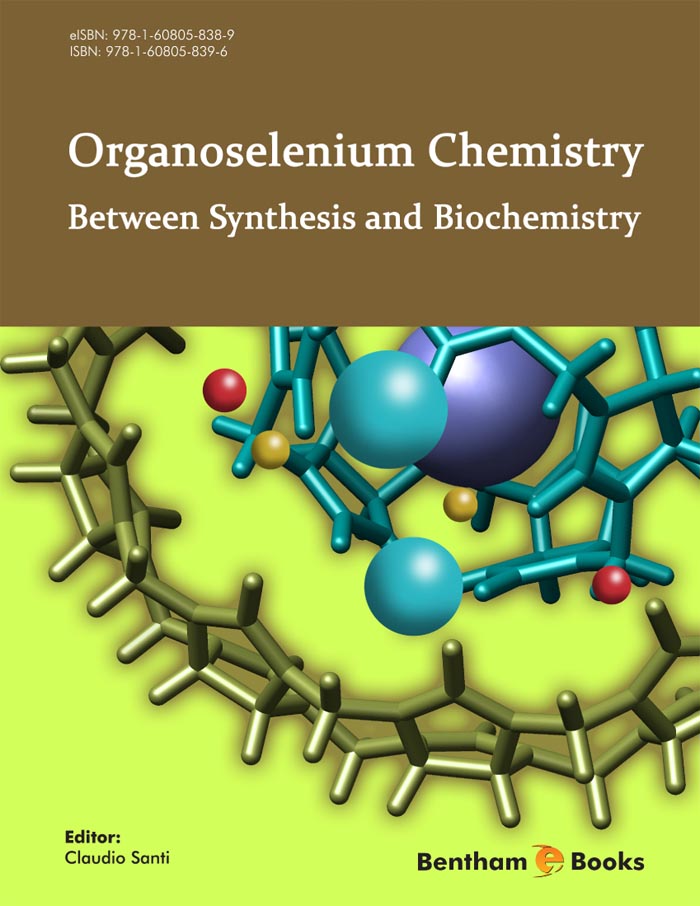Preface
In 1817, Jakob Berzelius discovered selenium in the sludge of the lead chambers
of the sulphuric acid chamber process of a plant at Gripsholm. Because of its
characteristic smelling of tellurium, (tellus = hearth), he named the new element
from the Greek word “σελήυη” (Selḕnḕ) meaning goddess of the Moon.
For a long time selenium was considered mainly as a toxic element, and it is
currently debated if Marco Polo was the first to write about selenium poisoning.
He went to China in 1271 via the ancient Silk Road and in his travelogue in 1295,
he wrote that a toxic wild plant collected in the today's Gansu Province killed
many cattle.
In 1957 it was found to be an essential trace element as component of the 21th
amino acid, selenocysteine and in 1973 the first selenoenzyme, glutathione
peroxidase, was isolated. And characterized the development of the
organoselenium chemistry has been strongly increased during the last fifty years
and nowadays these compounds are efficiently used as intermediates and/or
catalysts in a number of organic synthesis: At the same time organoselenium
derivatives are currently object of wide investigations for their biological activity,
especially, as antiviral, antimicrobial, anticancer, anti-inflammatory and GPx-like
mimetics.
This book cover the most recent developments in the field of the classical
synthetic application of organoselenium reagents such as electrophilic,
nucleophilic and radical reagents focusing the discussion also on the synthesis and
the synthetic applications of some emerging classes of compounds such as the
hypervalent selenium species and the selenoamides. The use of organoselenium
reagents as catalysts is a common thread that runs through the chapters of the
book introducing new important aspects of the modern organoselenium chemistry:
organocatalysis, green chemistry, bioinspiration, antioxidant activity.
The book also addresses more biological issues such as the antimicrobial activity
of organoselenium derivatives and the biochemistry of selenium from the aliments
to the selenoproteins.
I’d like to thanks and underline the precious contribute of the 27 distinguished
scientists that decided to share their expertise on producing this volume that is the
first multidisciplinary approach to the constantly in progress world of
organoselenium compounds.
I hope that this book will be read with interest not only by experts but also by
students and any other researcher and chemist.
Claudio Santi
Department of Pharmaceutical Sciences
Lab of Catalysis and Green Chemistry
University of Perugia Via del Liceo 1 06100 Perugia
Italy

